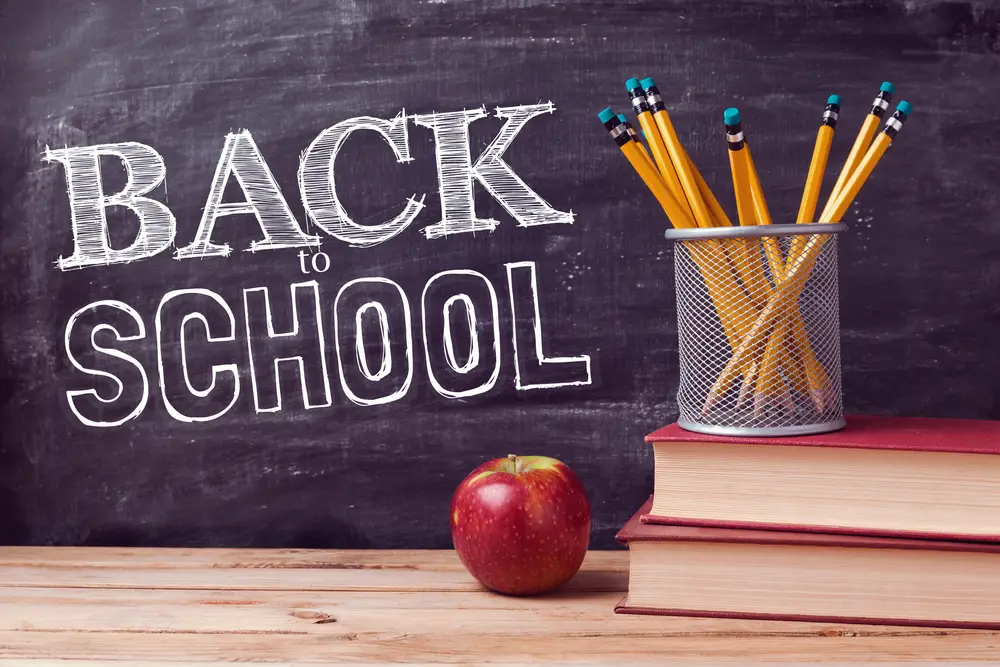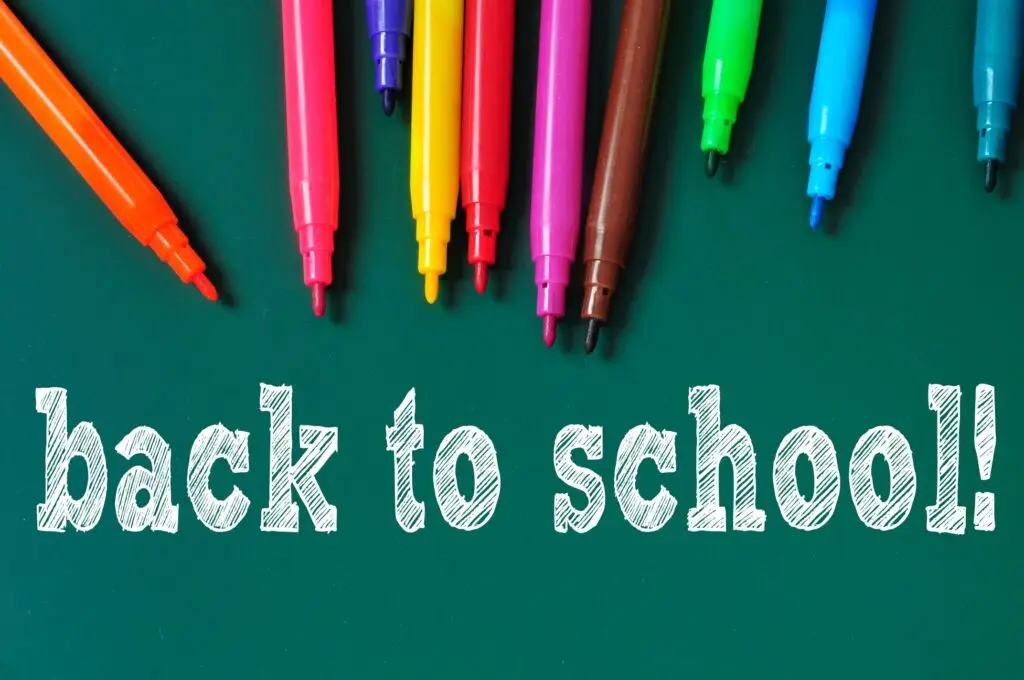We’re a few weeks into the school year—how’s the transition going in your house? If getting your little human to school or child care is still a struggle, here are 5 transition tips that might make the transition easier for them (and you!).
Table of Contents
ToggleTip 1: Validate, then Reassure
New school, new teachers, new classmates . . . back to school can be intimidating, even if your child went to school or child care last year. The best thing you can do as a parent is validate their feelings, whether they are feeling anxious, fearful, or stressed. Give the feeling a label, talk about why they may be feeling that way, and then offer a solution. If possible, remind them of all the fun they had at school last year. You can even flip through photos on your phone or old artwork if you’d like. Remind them of other big challenges they have overcome to build their confidence.
Tip 2: Focus on Sleep
Establishing a healthy bedtime routine can help make the morning transition go more smoothly. The 3Bs of Bath, Book, and Bed is a formula that works for many families. Just be sure to avoid screen time before bed, as that can make it difficult for your little one to fall asleep. Generally, infants need 12 to 16 hours of sleep, including naps. Toddlers require 11 to 14 hours, and preschoolers require 10-13 hours including naps.
Tip 3: Put a Leaving Ritual in Place
If your little one is struggling with the fear of the unknown and lack of control heading back to school, establishing a ritual for leaving your home could help. Follow the same order of tasks, from getting dressed and eating breakfast to putting on shoes and coats and walking out the door. Consider reading a book or singing a song before you leave, then finishing the book or singing the song again once your child returns from school.
Tip 4: Establish a Goodbye Ritual
Speaking of ritual, it can help to put one in place for goodbyes, too. A special hug, kiss, or mantra can make separation easier. Make it brief, fun, and affirming. Once the ritual is complete, walk out the door with confidence. Prolonging a goodbye can make it more difficult for your Transition Tips for Small Children to School.
Tip 5: Take Care of Your Own Emotions
Kids are pros at picking up on our own anxieties. If you’re feeling anxious or stressed about the back to school transition, then you need to manage your own emotions before you can support your child through theirs. Your kiddo looks to you to know how to feel about a particular situation. So, keep it light, bright, and positive, then work through your own big emotions once your child is in the classroom.
Struggling with the back to school transition? The Early Childhood Academy pros are here to help! Contact Us Today or Call Us at Red Wing 651-388-8905. Please Stay Connected With Us Through Our Social Media Channels for the Latest Updates, Tips, and Special Offers on Facebook and Instagram, Check Our Google Map Location.
How can I make my transition to school easier?
Establish a routine, familiarize yourself with the school layout, connect with peers, seek support from teachers, and maintain a positive mindset.
What are four important things to know about the transition to school?
1. Establish a routine: Set a consistent schedule to help your child adjust to the school environment smoothly.u003cbru003e2. Foster independence: Encourage your child to develop self-help skills such as dressing, using the restroom, and organizing their belongings.u003cbru003e3. Communication is key. Maintain open lines of communication with your child’s teacher to stay updated on their progress and address any concerns.u003cbru003e4. Provide emotional support: Help your child navigate their emotions by discussing their feelings about starting school and offering reassurance and encouragement.
How to help a child who struggles with transitions at school?
Establishing a consistent routine and schedule for your child is a crucial first step. This offers them a sense of security and helps them understand what to expect throughout the day. You can use visuals, such as charts or calendars, to represent their daily activities – from waking up to bedtime routines. For example, you might color code different activities or use fun stickers to make it more engaging.


